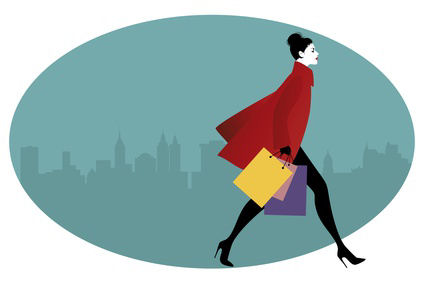|

QuickTOC:
Giftshop
Introduction
01
02
03
04
05
06
07
08
09
10
11
12
Giftshop
About Paris Giftshop Notes by Jean-Thomas Cullen
12. Tourism and Trinkets: Scam or Glam?
Ultimately, the point I would emphasize is that your trip is about being there for whatever short time you'll be in Paris (or Berlin or Budapest or Vienna or dozens of other cool places around Europe). You will want to capture a little bit of the glow, so take lots of snapshots with your camera or phone as keepsakes. Personal shots are really the more intimate, whereas the time-honored trinket is really about validation, right? What other purpose does it serve to bring back a tiny Eiffel Tower or Arc de Triomphe? If it's a nicely made piece of jewelry, you can wear it happily for the rest of your life. And it fits into your luggage well, whereas giant objects are best left where they lie. Nowadays, you can order a wall picture online or buy it in a local store at home; no need to lug it for thousands of miles. Again, the biggest favor you can do yourself is to travel as light as possible.
There comes a limit to the joys of tourism. Theoretically, if you go somewhere often enough, maybe you should consider moving there permanently. When I lived in Europe, especially as a young G.I., I used to laughingly think how cool it would be one day soon when I could return to "the World" as we called CONUS (our home planet as we saw it, Continental U.S.). Then I would be the local while everyone visiting us would be the tourist.
Just one more note. I should write a book, huh? While I was stationed in Europe with the U.S. Army for years, I always enjoyed traveling. Everything is at most a few hours away when you are living in a central area, like the Palatinate where I was stationed. For example, a friend in Luxembourg recently told me he spent Christmas in Paris ("only two hours by TVG," he said, meaning the fabulous Train à Grande Vitesse or High Speed trains).
Well anyway, my observation was that tourists, especially from outside Europe, were shuttled around in buses and there was a brisk trade in tour guiding. I'm not saying it's wrong; just that you'll be wise to be wise to all the ways you will be manipulated.
Example 1: I became confidant with a tour guide in Italy on my first tour to Rome, and observed how he and the bus driver worked together to navigate people not necessarily to the famous attractions they paid a lifetime's wages to travel thousands of miles to see—but to ice cream shops, gift shops, and other pit stops where the shop owner would give kickbacks that the driver and guide then split. In the end, I think usually everyone comes out happy, but that little ratty joint off the beaten path was not "the most beloved ice cream parlor in Rome."
Example 2: In Kaiserslautern, where I was stationed, there was one such pit stop (I'll avoid stating names), where naïve tourists could stock up on all the stereotypical German items like Lederhosen (short leather pants) and Stein beer mugs. Problem was that nobody in that part of Germany ever wore Lederhosen or drank from a Steinkrug (literally, a stone tankard; not a current German usage). In the Rheinland-Pfalz area of Germany, you typically get your beer or wine served in a plain glass (not an ornate faux-European Medieval jar with a handle); and the traditional wear for men is a form of culottes, or knee-breeches, worn with high woolen stockings and sturdy shoes. If anything, you'd see the leather shorts and fancier beer mugs in Bayern (Bavaria). If anything, the Rheinland is most famous for its wines, although both beer and wine are world-class throughout Germany.

TOP
Copyright © 2018 by Clocktower Books. All Rights Reserved.
|